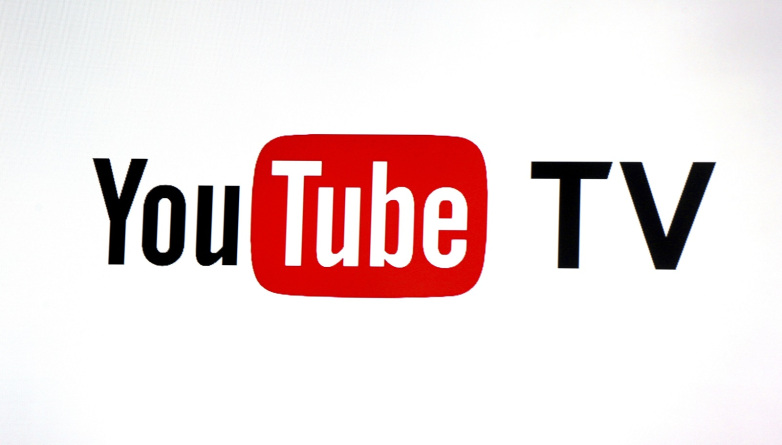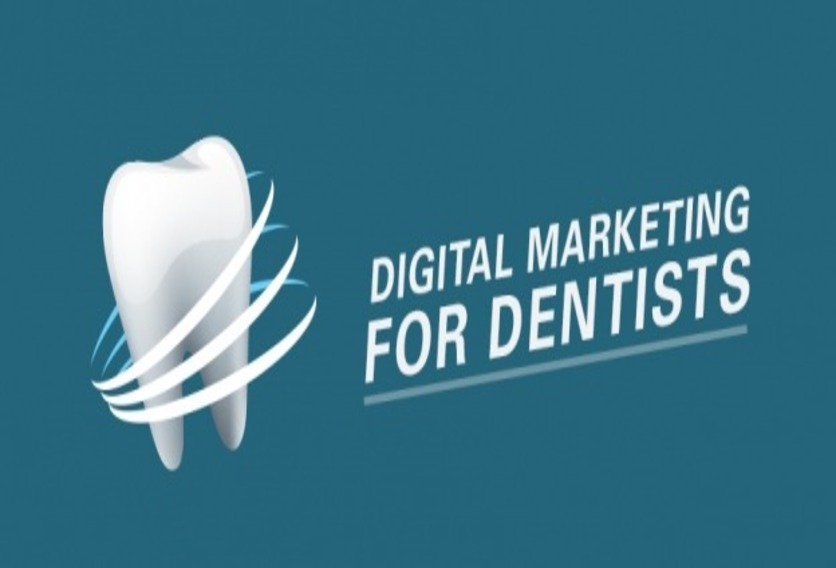In the future, no two people will have the same TV experience, says YouTube’s chief product officer, Neal Mohan. Here’s what that means for advertisers.
A version of this article previously appeared in Variety.
Twenty years ago at the Consumer Electronics Show people were enthralled by a new invention: Web TV. The device promised a new era of interactive entertainment where television and the internet would converge to give consumers the best of both worlds in the comfort of their living rooms.
But despite all the hype, with clunky hardware and sluggish software, Web TV never really took off. Now, decades after Web TV’s debut, we finally have the right hardware, software, and content conditions for TV and the internet to unite in a way that not only sticks but makes for a uniquely personalized TV viewing experience. This has breakthrough implications for advertisers when it comes to reaching, targeting, and measurement.

We finally have the right hardware, software, and content conditions for TV and the internet to unite in a way that not only sticks but makes for a uniquely personalized TV viewing experience.
The future is now
When you watch TV in the future, what you see and experience won’t look like what anyone else sees or experiences. Your TV viewing adventure will completely be your own, with a mix of traditional TV and digital video content tailored specifically to you, personalized recommendations powered by machine learning, and social options to bring your one-of-a-kind real life into the mix as well.
This vision is yet to fully materialize for TV, but we’re actually not too far from it today. Over the last few years, viewers have flocked to good content, no matter where it comes from. As a result, two new TV entertainment experiences have emerged: TV screen as a personalized portal, and what I like to call “TV 2.0.” These are the future of TV we’re building for on YouTube.
TV screen as a personalized content portal
Cable cord-cutting may be on the rise, but the TV screen is far from dead (as anyone who’s ever been to CES can attest). In fact, at YouTube, TV is our fastest growing screen with 70% growth in the past year.1
Mobile still makes up 60% of overall YouTube watch time,2 but despite all the convenience, flexibility, and power that mobile has brought to the table, at the end of the day people also love a big screen. So it’s no surprise that we see watch time of YouTube content cast to TVs peaks during primetime and on the weekends.
TV 2.0
At the same time, today’s consumer calls for TV to be so much more than a screen because people still love traditional TV content. They love the live sports, sitcoms, breaking news, and dramas that TV is known for. However, they don’t love the limitations that come with the traditional TV viewing experience and its cable box—which is why we continue to see people cutting the cord on cable.
Today, people want all the great content TV offers, but they also want their TV experience to be personalized, interactive, flexible, and complete with their favorite non-TV original video content. In other words, they want the best of TV combined with the best of the internet. That’s why we created YouTube TV to deliver live TV for the 21st century.
A future for brands to celebrate
As these two new modes of experiencing TV foreshadow, the future of TV entertainment is a bright one for consumers as TV brings more control, flexibility, and interactivity than ever before (catching up to what digital video already offers). But the future is a bright one for advertisers too, because as TV becomes more personalized, advertisers will unlock better reach, targeting, and measurement.
- Better Reach:
- Better Targeting:
- Better Measurement:
By combining and deduping the advertising reach of TV and online video, the future of TV will allow brands reach that is both wider and more streamlined than what’s been possible with TV to date. You’ll be able to reach more of the pockets of your audience that seemed difficult or impossible to reach before—all the cord-cutters and cord-nevers that have been keeping you up at night. And you won’t have to worry as much about accidentally reaching the same person with the same message through multiple video access points.
With the more personalized TV experience of the future comes greater addressability. Brands will be able to make each ad both relevant to the person watching and to the content they’re watching. No more blasting the same ad to an entire household of TV viewers hoping that mom sees it. You’ll be able to reach her directly and know that you reached her, because she was logged in, and you’ll be able to serve an ad perfectly tailored to whatever she’s watching.
Finally, the future of TV entertainment means that brands will also be able to measure the impact of their TV advertising with a richness and precision that goes worlds beyond the household-level ratings of yesteryear. Because when the web and TV marry, TV inherits the web’s measurement capabilities. No more guessing. You’ll know who saw what, and what they did as a result.
Twenty years ago, there were too many constraints for Web TV to really take off. Now, the promise of “web TV” has been fulfilled. I don’t know exactly what it will mean to “watch TV” in 2038, but I’m willing to bet it’ll be a better viewing experience and a more efficient advertising system than we can even imagine today.








